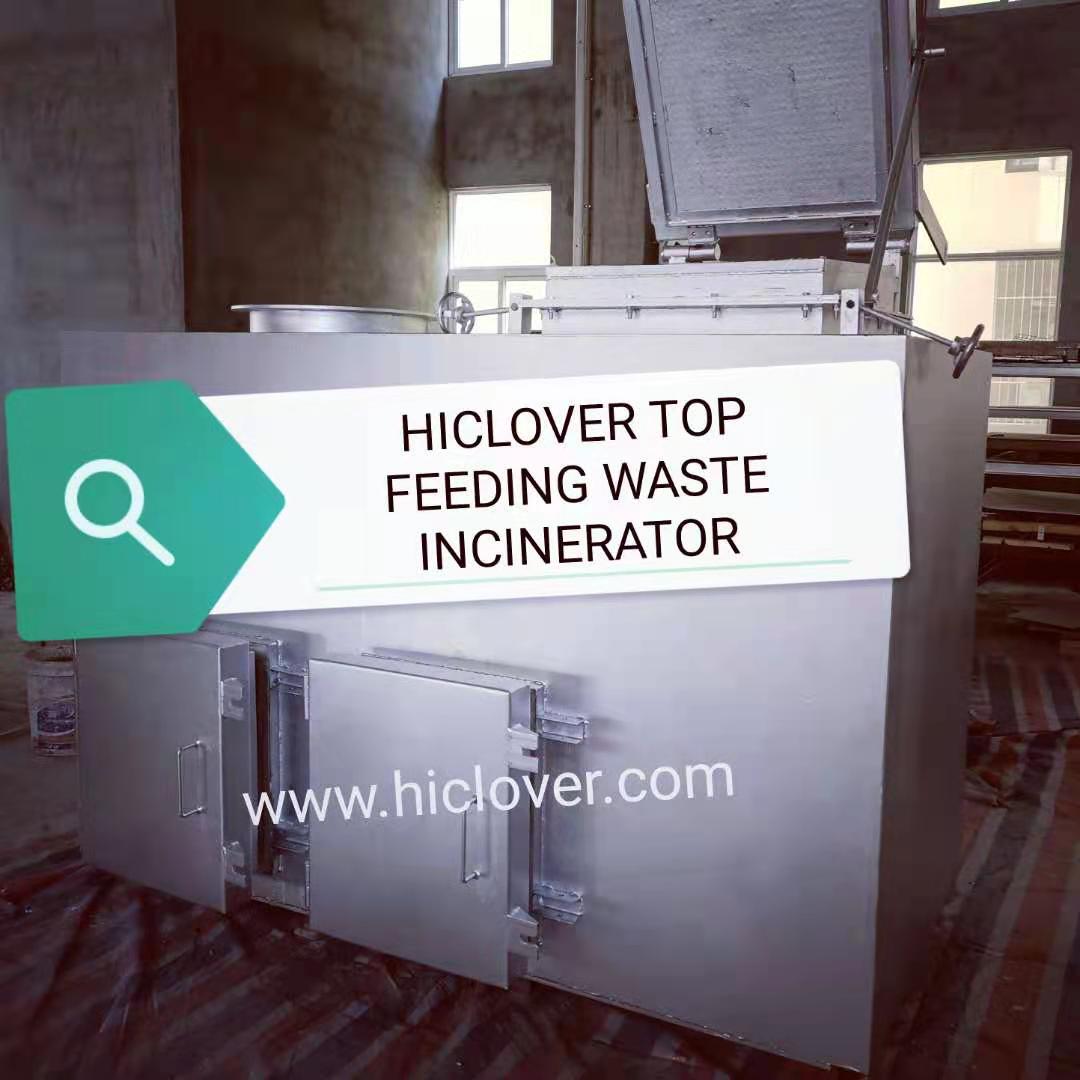Autoclaves and incinerators are two popular methods of waste treatment in the healthcare industry. Autoclaves are used to sterilize medical waste before it is disposed of, while incinerators are used to burn waste at high temperatures. Both methods have their advantages and disadvantages, but when it comes to their environmental impact, it’s important to consider various factors.
Autoclaves use high pressure and steam to sterilize medical waste, which means they use a lot of energy. This energy consumption can have a significant impact on the environment, especially if the energy source is non-renewable. Additionally, the disposal of autoclaved waste can also have environmental implications if it is not properly managed. For example, if the waste is not properly treated before being sent to a landfill, it can still pose a risk to the environment and public health.
On the other hand, incineration is often seen as a more efficient and effective method of waste treatment. Incinerators can burn waste at extremely high temperatures, reducing the volume of the waste and killing any pathogens that may be present. However, incineration also has its environmental drawbacks. The process releases harmful pollutants into the atmosphere, including carbon dioxide, dioxins, and heavy metals. These pollutants can have a negative impact on air quality and human health.
When it comes to exploring the environmental impact of autoclaves in incineration, it’s important to consider the entire lifecycle of both methods. This includes the energy and resources used in production, operation, and maintenance, as well as the disposal and emissions generated during use.
To minimize the environmental impact of autoclaves and incinerators, it’s important to invest in energy-efficient equipment and renewable energy sources. Additionally, proper waste management practices, such as segregating and treating waste before disposal, can help reduce the environmental impact of both methods.
It’s also important to consider alternative methods of waste treatment, such as chemical disinfection and mechanical shredding. These methods can be more energy-efficient and have a lower environmental impact than autoclaves and incinerators.
In conclusion, while autoclaves and incinerators are effective methods of waste treatment, they can have a significant environmental impact if not properly managed. It’s important to explore and implement sustainable practices to minimize the environmental impact of these methods and look for alternative solutions that are more environmentally friendly. By considering the entire lifecycle of these waste treatment methods, we can work towards a more sustainable and eco-friendly healthcare industry.



